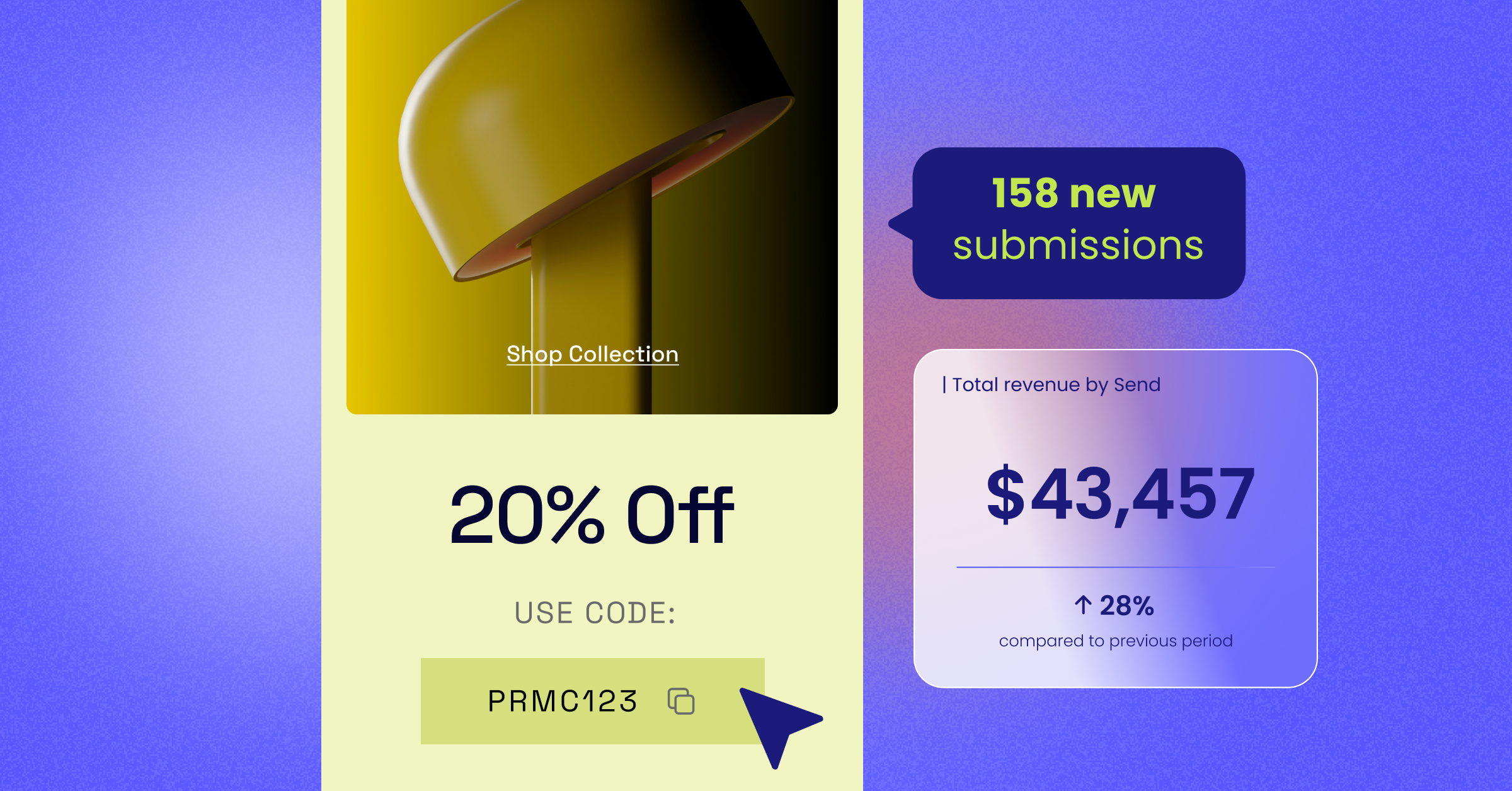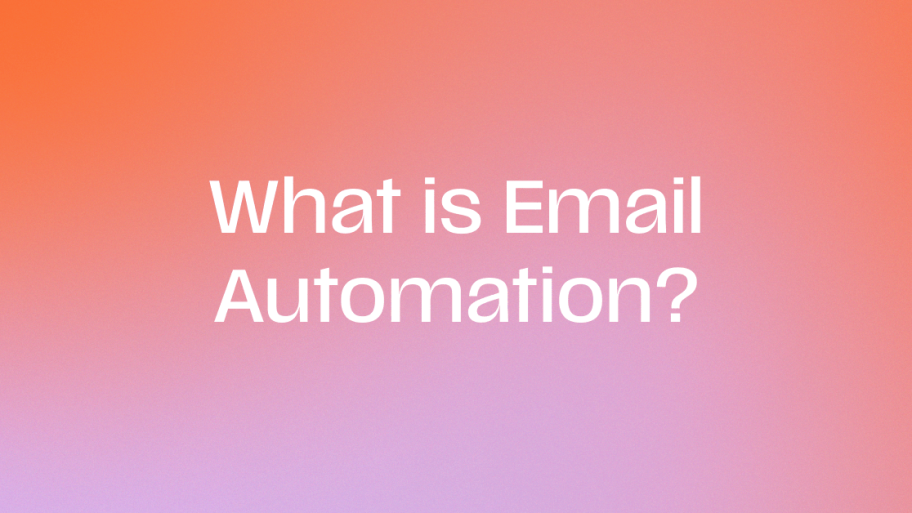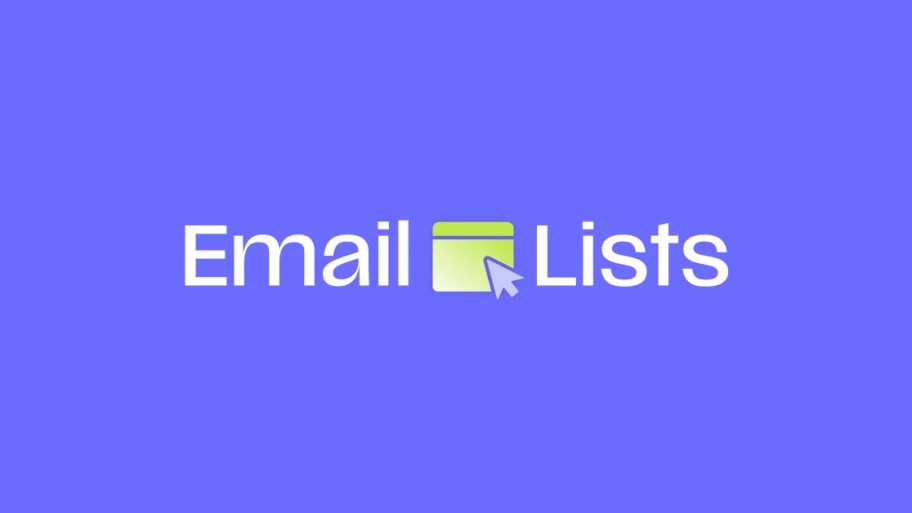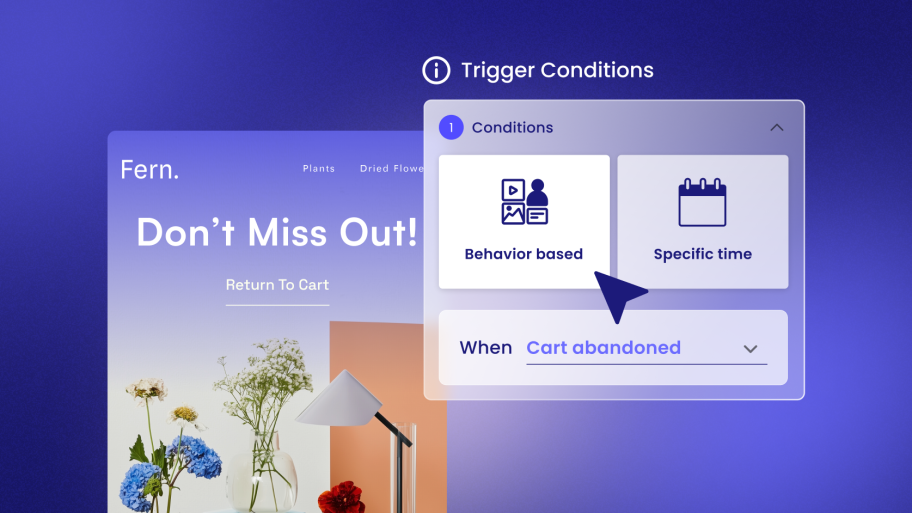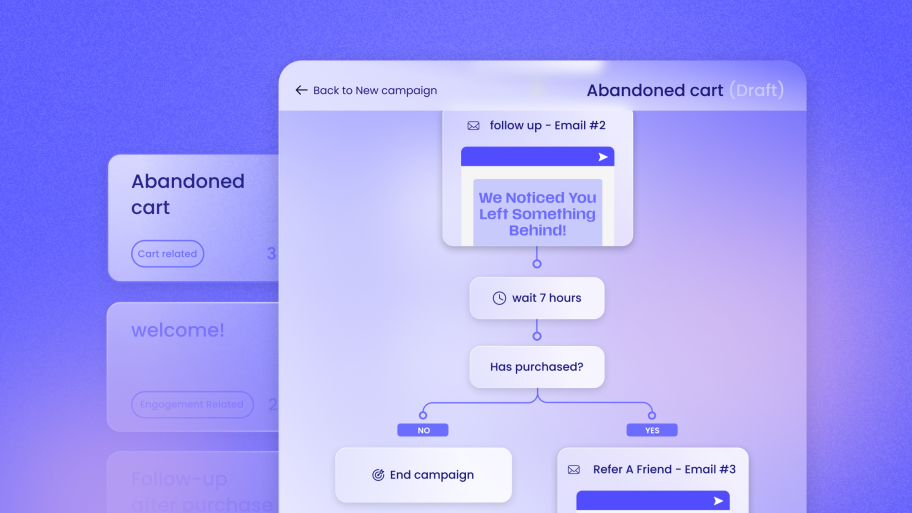Deconstructing the Promo Code: More Than Just a Discount
Before diving into complex strategies, let’s start with a solid foundation. Understanding what a promo code is, the different types available, and the psychology that makes them so effective is the first step toward using them successfully.
What Exactly Is a Promo Code?
A promo code is a combination of letters and numbers that customers can enter into a promotional box at checkout to receive a specific offer or discount on their purchase. You might also hear them called discount codes, coupon codes, or offer codes—they all mean the same thing.
At its core, a promo code serves a few key purposes:
- Incentivize Purchases: It gives customers a compelling reason to complete their purchase now rather than later.
- Attract New Customers: A first-time buyer discount can be the nudge a potential customer needs to try a new brand.
- Track Marketing Efforts: Unique codes for different campaigns allow you to see exactly where your sales are coming from.
It’s a straightforward concept, but its application can be incredibly nuanced and effective when planned correctly.
The Different Flavors of Promo Codes
Not all promo codes are created equal. The type of discount you offer should align directly with the goal of your campaign. Here are some of the most common types you can use in a WooCommerce store:
- Percentage Discounts: This is likely the most popular type, offering a percentage off the total order (e.g., 20% off). It’s easy for customers to understand and is effective for a wide range of products and price points.
- Fixed Amount Discounts: This type offers a specific dollar amount off the purchase (e.g., $10 off). These codes work especially well for higher-priced items where a fixed amount feels more substantial than a small percentage. They can also be used to encourage a minimum spend, like “$25 off orders of $150 or more.”
- Free Shipping: Don’t underestimate the power of free shipping. Unexpected shipping costs are a leading cause of shopping cart abandonment. Offering a free shipping code can eliminate that final barrier to purchase and significantly increase conversion rates.
- Free Gift with Purchase: This type of offer increases the perceived value of an order. Instead of a discount, the customer receives a bonus item. It’s a great way to introduce customers to a new product or move through excess inventory of a specific item.
- Buy One, Get One (BOGO): A BOGO offer is an excellent strategy for quickly moving inventory or encouraging customers to stock up on products they love. It creates a sense of high value and urgency.
Choosing the right type of code is the first step in building an effective promotional strategy that delivers real results for your client’s business.
The Psychology Behind Why Promo Codes Work
Have you ever felt a small thrill when you successfully applied a discount code at checkout? There’s a reason for that. Promo codes tap into fundamental aspects of human psychology, making them incredibly persuasive.
- Urgency and FOMO: Many promotions are time-limited, creating a sense of urgency and a “fear of missing out” (FOMO). Customers are more likely to buy now if they think the deal won’t be available tomorrow.
- The Feeling of Being a Smart Shopper: Everyone loves a good deal. Successfully using a promo code makes customers feel savvy and smart, as if they’ve outsmarted the system to get a special price. This positive feeling becomes associated with the brand.
- Overcoming Purchase Hesitation: For customers on the fence, a discount can be the final push they need to click “buy.” It lowers the financial risk and makes the decision to purchase much easier.
- A Sense of Exclusivity: When codes are shared with specific groups (like newsletter subscribers or loyal customers), they create a feeling of being a valued insider. This strengthens the customer’s relationship with the brand.
Understanding these psychological drivers helps you craft offers that don’t just provide a discount but also create a positive and memorable customer experience.
Section Summary: A promo code is a string of characters used for a discount, but its real power lies in its versatility. By offering different types of codes—from percentage-off deals to free shipping—you can tap into powerful psychological triggers that encourage purchases, build loyalty, and make customers feel great about buying from a brand.
The Strategic Role of Promo Codes in eCommerce
Moving beyond the basics, it’s time to view promo codes as a core component of a larger business strategy. When used thoughtfully, they can help achieve a wide range of eCommerce goals, from boosting key metrics to providing invaluable data on your marketing performance.
Key Business Goals Achieved with Promo Codes
A well-planned promo code strategy can directly impact the most important metrics for any online store. Instead of using them randomly, you can deploy them tactically to solve specific business challenges.
- Increasing Conversion Rates: This is the most immediate benefit. A timely offer can convince a visitor to become a customer, turning browsing into buying. For example, an exit-intent pop-up offering 10% off can capture a sale that would have otherwise been lost.
- Boosting Average Order Value (AOV): You can encourage customers to spend more by using threshold-based codes. An offer like “Free shipping on orders over $75” or “$20 off when you spend $100” motivates shoppers to add more items to their cart to qualify for the deal.
- Improving Customer Loyalty and Retention: Reward your best customers and keep them coming back. Sending a special discount code to repeat buyers makes them feel appreciated and encourages their next purchase. According to research, 81% of consumers say they want to form a relationship with brands, and loyalty rewards are a direct way to do that.
- Acquiring New Customers: A promo code can be a low-risk way for someone to try your products for the first time. A common strategy is to offer a discount (e.g., 15% off) in exchange for a newsletter subscription, simultaneously growing your email list and gaining a new customer.
- Reducing Cart Abandonment: Nearly 70% of online shopping carts are abandoned. An automated email or SMS sent to a user an hour after they leave your site, complete with a small discount code, can be incredibly effective at recovering that lost sale.
- Promoting Specific Products: Do you need to clear out last season’s inventory or generate buzz for a new product line? A targeted promo code can drive traffic and sales directly to those specific items.
Tracking Marketing ROI with Unique Codes
How do you know if your marketing efforts are actually working? Unique promo codes are one of the simplest and most effective ways to track your return on investment (ROI).
Imagine you’re running a campaign with three different influencers. By giving each influencer a unique code (e.g., “INFLUENCER_A,” “INFLUENCER_B,” “INFLUENCER_C”), you can see exactly how many sales each one generates. The same principle applies to any marketing channel:
- Email Newsletter: NEWSLETTER10
- Facebook Ad: FACEBOOK15
- Podcast Sponsorship: PODCAST20
This level of tracking is essential for Web Creators. It provides the concrete data needed to show clients what’s working and what’s not. You can confidently say, “Our email campaign last month used this promo code and generated $5,000 in sales.” This ability to
demonstrate clear value is what separates a one-time web builder from a long-term growth partner.
Potential Pitfalls and How to Avoid Them
While promo codes are powerful, they aren’t without risks. A poorly managed strategy can hurt a business more than it helps. Here are a few common pitfalls to watch out for:
- Brand Devaluation: If you offer discounts too frequently, you might train your customers to wait for a sale. This can devalue your brand and make people hesitant to ever pay full price.
- Solution: Use discounts strategically. Reserve the best offers for special occasions, loyal customers, or specific campaigns rather than running a constant site-wide sale.
- Margin Erosion: Every discount cuts directly into your profit margin. It’s crucial to calculate the numbers beforehand to ensure the promotion is still profitable.
- Solution: Set clear restrictions. Use minimum spend requirements or apply discounts only to high-margin products to protect your profitability.
- Code Misuse: What happens if a code meant for new customers gets shared on a public coupon site? This can lead to unintended use and lost revenue.
- Solution: Use single-use codes for highly targeted offers, like an abandoned cart recovery email. For broader campaigns, set clear usage limits or expiration dates in your WooCommerce settings.
Section Summary: Promo codes are a versatile strategic tool that can help achieve critical business goals like increasing conversions, AOV, and customer loyalty. They are also invaluable for tracking marketing ROI, a key function for web creators proving their value. However, success requires careful planning to avoid common pitfalls like brand devaluation and margin erosion.
Creating a Promo Code Strategy for Your WooCommerce Store
Now that we’ve covered the what and the why, let’s get into the how. Building a successful promo code strategy for a WooCommerce store involves three key steps: defining your goals, setting up the codes correctly, and, most importantly, distributing them to the right people at the right time.
Step 1: Defining Your Campaign Goals
Every successful campaign begins with a clear objective. Before you even think about creating a code, ask yourself or your client: What are we trying to achieve? The goal will determine the type of promo code you create, who you target, and how you measure success.
Here’s a simple framework to connect your goals to the right promo code strategy:
| Business Goal | Corresponding Promo Code Strategy |
| New Customer Acquisition | Offer a 15% off your first order code via a website pop-up in exchange for an email signup. |
| Increase Average Order Value (AOV) | Create a Free shipping on orders over $75 banner that’s visible across the entire site. |
| Reduce Cart Abandonment | Set up an automated email that sends a 10% off code to users who abandon their cart. |
| Boost Q4 Holiday Sales | Run a time-sensitive flash sale with a HOLIDAY25 code for 25% off, promoted on social media. |
| Reward Loyal Customers | Send an exclusive $20 off your next purchase code to customers who have spent over $500. |
| Clear Out Old Inventory | Offer a BOGO Free deal on a specific category of products. |
Starting with a clear goal ensures that your promotions are purposeful and not just random acts of discounting.
Step 2: Setting Up Promo Codes in WooCommerce
WooCommerce makes it incredibly easy to create and manage promo codes directly from your WordPress dashboard. Here’s a quick overview of the process:
- Navigate to Coupons: In your WordPress admin panel, go to Marketing > Coupons.
- Create a New Coupon: Click the “Add coupon” button.
- Define the Code:
- Coupon code: Enter the code you want customers to use (e.g., WELCOME10). You can also let WooCommerce generate a random one.
- Description (optional): Add an internal note about what this coupon is for.
- Configure the General Settings:
- Discount type: Choose from Percentage discount, Fixed cart discount, or Fixed product discount.
- Coupon amount: Set the value (e.g., 10 for 10% or $10).
- Allow free shipping: Check this box if the coupon should also grant free shipping.
- Coupon expiry date: Set a date for the promotion to end automatically.
- Set Usage Restrictions and Limits: This is where you protect your margins and prevent misuse. You can set a minimum spend, exclude sale items, or limit the coupon to specific products or categories. Under “Usage limits,” you can define how many times the coupon can be used in total or per customer.
Taking a few extra minutes to configure these restrictions is a critical step in creating a secure and profitable promotion.
Step 3: Distributing and Promoting Your Codes
Creating a code in WooCommerce is the easy part. The real challenge, especially for busy web creators managing multiple client sites, is distributing it effectively. How do you get the right code to the right person at the right moment?
This is where many businesses run into trouble. They might rely on manual processes or try to piece together multiple, disconnected tools—an email platform here, an SMS service there, a pop-up plugin over there. This approach is often clunky, inefficient, and creates data silos that make tracking a nightmare.
For a web creator, the ideal solution is one that lives inside the WordPress ecosystem. A WordPress-native communication toolkit simplifies this entire process, enabling you to manage distribution across multiple channels from a single, familiar interface. This is where a solution like Send by Elementor becomes invaluable. It integrates essential tools like email, SMS, and automation directly into the environment you already know and trust.

Here are the primary channels you should use for distribution, all of which can be managed from a unified platform:
- Email Marketing: Send codes in welcome series, promotional newsletters, and re-engagement campaigns.
- SMS Marketing: Reach customers instantly with time-sensitive offers for flash sales or VIP events.
- Website Pop-ups and Banners: Capture leads and drive immediate conversions by offering a discount to new visitors.
- Social Media: Run targeted campaigns and collaborate with influencers to reach new audiences.
Section Summary: A successful promo code strategy starts with clear goals, which inform the type of code you create in WooCommerce. While setup is simple, effective distribution is the most critical and challenging step. Using a WordPress-native communication platform is the key to streamlining this process and avoiding the complexity of managing multiple external tools.
Elevating Your Strategy with Marketing Automation
If you want to unlock the true potential of your promo code strategy, automation is the key. Marketing automation allows you to create “set-and-forget” systems that deliver personalized offers to customers at critical moments in their journey—all without any manual effort. For web creators, this is a game-changer. It allows you to build sophisticated marketing engines for your clients that provide continuous value, justifying ongoing retainers and recurring revenue.
Building Powerful Promo Code Automations with Send by Elementor
A truly WordPress-native communication toolkit like Send by Elementor is designed to make this level of automation accessible. Because it’s built from the ground up for WordPress and WooCommerce, it can use your store’s data to trigger highly relevant and timely communications. Let’s look at a few powerful automation flows you can build.

Use Case 1: The Abandoned Cart Recovery Flow
This is one of the most effective automations you can implement. The goal is to win back customers who were close to buying but left before completing the purchase.
- The Flow:
- A customer adds items to their cart but doesn’t check out.
- After a set time (e.g., 1 hour), Send by Elementor automatically triggers an email or SMS.
- The message reminds them about the items in their cart and includes a unique, single-use promo code like COMEBACK10 to encourage them to complete the purchase.
- The Advantage: This entire process is hands-off once it’s set up. Send by Elementor includes
pre-built automation templates for common scenarios like abandoned carts, so you can get this powerful flow running for your clients in minutes.
Use Case 2: The Welcome Series for New Subscribers
This flow is designed to turn a new subscriber into a paying customer. It’s your first opportunity to make a great impression and build a relationship.
- The Flow:
- A new visitor signs up for your newsletter through a form on your Elementor site.
- Send by Elementor immediately adds them to your contact list and triggers a welcome email.
- This first email thanks them for subscribing and includes a promo code like WELCOME15 as an incentive to make their first purchase.
- The Advantage: The integration is seamless. Send works directly with your website’s forms and manages all your contacts right inside WordPress, eliminating the data-syncing headaches that come with external platforms.
Use Case 3: The VIP Customer Reward
This automation focuses on retention by rewarding your best customers.
- The Flow:
- Using Send by Elementor’s segmentation tools, you create a dynamic list of “VIP Customers.” This could be based on lifetime spend (e.g., over $500) or number of orders (e.g., more than 5).
- You then create an automated campaign that sends this segment an exclusive “thank you” email or SMS with a high-value promo code (e.g., $25 off your next order).
- The Advantage: This level of personalization shows customers you value their loyalty. Because Send has direct access to WooCommerce purchase history, you can create these sophisticated segments without any complex manual exports or integrations.
The Power of a Unified Email and SMS Strategy
Customers today expect to interact with brands on their preferred channels. Some people check their email constantly, while others respond better to the immediacy of a text message. SMS marketing is particularly effective for urgent promotions, with 90% of messages being read within three minutes.
Managing two separate systems for email and SMS is inefficient. An all-in-one communication toolkit like Send by Elementor lets you manage both channels from a single platform. You can use the same customer segments and data to orchestrate multichannel campaigns, sending a flash sale announcement via SMS and a follow-up newsletter via email, all from your WordPress dashboard.
Measuring Success and Proving ROI to Clients
For a web creator, the job isn’t done when the campaign is launched. You need to prove that it worked. This is another area where a WordPress-native solution shines.
Instead of logging into multiple third-party dashboards to pull data,
Send by Elementor provides real-time analytics and revenue attribution directly within WordPress. You can easily see key metrics like open rates, click-through rates, and, most importantly, how much revenue each campaign and automation has generated. This allows you to generate a simple report for your client that clearly states, “The abandoned cart flow we set up last month recovered $3,250 in sales.” That’s how you demonstrate undeniable value and solidify a long-term partnership.
Section Summary: Marketing automation transforms a promo code strategy from a manual task into a scalable, revenue-generating engine. A WordPress-native toolkit like Send by Elementor empowers web creators to build sophisticated flows for abandoned carts, new subscribers, and VIPs. By unifying email and SMS and providing clear analytics inside WordPress, it makes it easy to drive results and prove your value to clients.
Wrapping It All Up: From Promo Code to Profit Center
As we’ve seen, a promo code is far more than a simple discount. It is a highly versatile and strategic marketing tool that, when used correctly, can address some of the biggest challenges in eCommerce. From attracting new customers and increasing average order value to fostering loyalty and recovering lost sales, a well-executed promo code strategy can deliver tangible growth for any WooCommerce store.
A successful strategy requires more than just creating a code in your dashboard. It demands clear goals, thoughtful setup with proper restrictions, and a robust plan for distribution and promotion. This is where modern marketing automation becomes essential.
For you, the web creator, this presents a massive opportunity. By mastering promo code strategies and leveraging seamlessly integrated tools, you can evolve your services. You are no longer just building websites; you are building growth engines for your clients. By implementing automated communication flows that deliver the right offer to the right person at the right time, you become an indispensable partner in their success.
Tools born for WordPress and built for WooCommerce, like Send by Elementor, are designed to facilitate this evolution. They simplify the technical complexities of marketing automation, consolidate essential tools into one familiar dashboard, and provide the clear, data-driven analytics you need to prove your impact. This empowers you to build stronger, value-driven client partnerships and create sustainable, recurring revenue streams for your own business.
